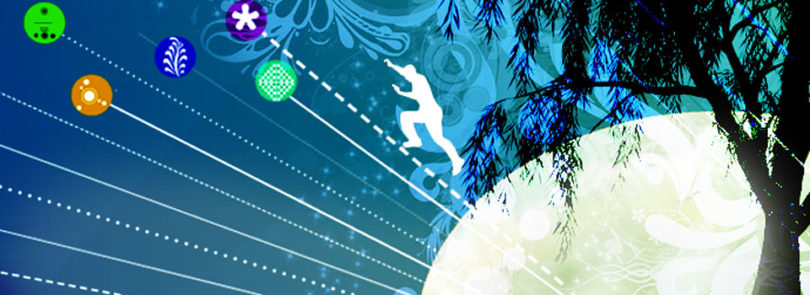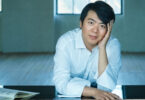Some people think the divide between North and South campuses at the University of Georgia is wider than the bridge next to Sanford Stadium. North Campus has always meant arts and humanities, while South Campus has been focused on science. Now, a new undergraduate course hopes to bring science and the arts together.
The course is called “Transposable Elements of Style: Science and Sentences” and it has been developed as part of a $1 million grant to Susan Wessler, Regents Professor of plant biology. The class is co-taught by award-winning novelist Philip Lee Williams.
“We think this is an exciting and pioneering new undergraduate course that will combine cutting-edge scientific research techniques and creative writing,” said Wessler, a member of the National Academy of Sciences, who has been at UGA since 1983.
The class, P (Bio) 3240L, is unusual in that its only prerequisite is introductory biology. Students will study the fascinating world of transposable elements (TEs), pieces of genetic material that can move around on a gene or leap from gene to gene. While scientists have been learning for decades about their function, much is still unknown about TEs. Wessler, a world-class expert on these “jumping genes,” will bring her expertise into the undergraduate classroom.
“Interdisciplinary courses such as this one are extremely important to education,” said Garnett S. Stokes, dean of the Franklin College of Arts and Sciences. “I’m delighted that students will have a chance to combine art and science in this way.”
Taught in the department of plant biology, the class will utilize computer databases and wet-bench science techniques in a brand-new, state-of-the-art computer classroom and experimental lab, both constructed specifically for the class. Students will learn techniques that will allow them to characterize TEs, which make up most of the genetic material of plants and animals.
Williams, who is assistant dean for public information in the Franklin College of Arts and Sciences and an adjunct professor of creative writing, will direct a strong writing component in the class, including science writing and creative writing.
“The Task Force on General Education and Student Learning and the more recent Task Force on Writing have emphasized the need for our undergraduate students to become better writers. This course, being taught by two very creative and award-winning faculty members, provides students with the opportunity to develop their writing skills,” said Vice President for Instruction Jere Morehead.
“This class is a dream for me, since it’s a chance to introduce students to science and writing at the same time,” said Williams. “I believe we desperately need to find ways to bridge the gap between those areas of study, and we are excited about the possibilities of this class.”







